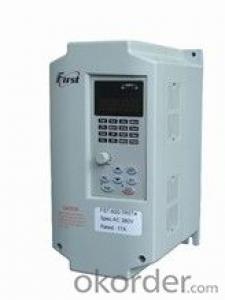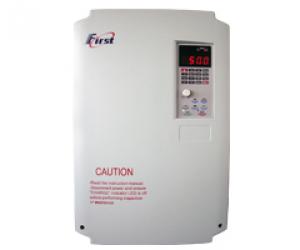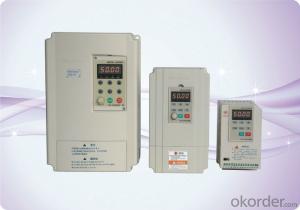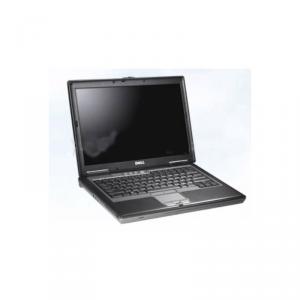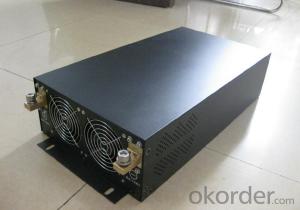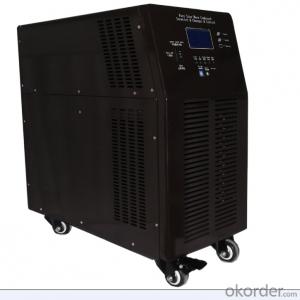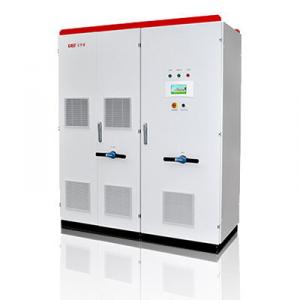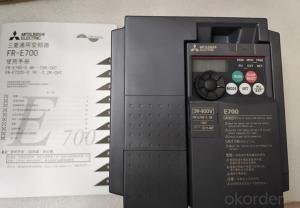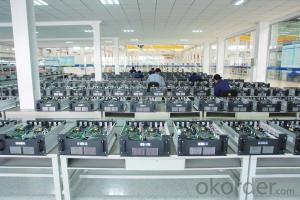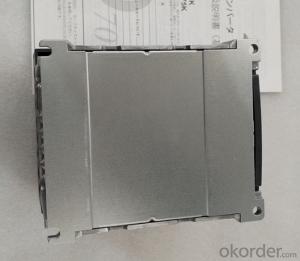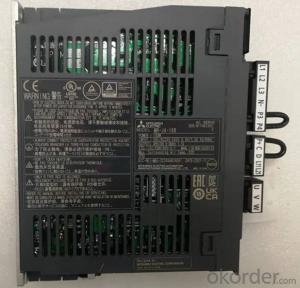Second Hand Solar Inverter
Second Hand Solar Inverter Related Searches
Used Solar Inverter Used Solar Inverter For Sale Solar Inverter For Sale Cheap Solar Inverter Cheap Solar Power Inverter Good Solar Inverter Dual Solar Inverter Buy Solar Inverter Solar Inverter Replacement Homemade Solar Inverter High Quality Solar Inverter Replacing A Solar Inverter Outdoor Solar Inverter Solar Inverter With 2 Battery Inverter For Solar Solar Inverter For Home Best Solar Inverter Quality Solar Inverter Broken Solar Inverter Solar Inverter Spare Parts Best Inverter Solar Dual Inverter Solar The Best Solar Inverter Solar 2kw Inverter Dual Input Solar Inverter Best Solar Power Inverter 2 Kilowatt Solar Inverter Top Solar Inverter Inverter For Solar Battery Inverter Replacement SolarSecond Hand Solar Inverter Supplier & Manufacturer from China
Second Hand Solar Inverters are a cost-effective alternative for those seeking to harness solar energy without investing in brand new equipment. These reconditioned inverters are sourced from various manufacturers and have been tested for functionality, ensuring that they meet the necessary standards for efficient energy conversion. They are widely used in residential, commercial, and industrial settings where solar power generation is required, making them a popular choice for a variety of applications.Second Hand Solar Inverters are utilized in scenarios where the primary goal is to convert the direct current (DC) generated by solar panels into alternating current (AC) that can be used by electrical appliances and systems. They play a crucial role in the overall performance and efficiency of a solar power system, making them an essential component for those looking to maximize their solar energy output. These inverters are particularly beneficial for those with limited budgets or those seeking to upgrade their existing solar systems without incurring the high costs associated with new inverters.
Okorder.com is a reputable wholesale supplier of Second Hand Solar Inverters, boasting a large inventory that caters to the diverse needs of customers worldwide. By offering a wide range of makes and models, Okorder.com ensures that customers can find the perfect inverter to suit their specific requirements. Their commitment to quality and customer satisfaction makes them a trusted source for those in the market for reliable and affordable solar inverters.
Hot Products
